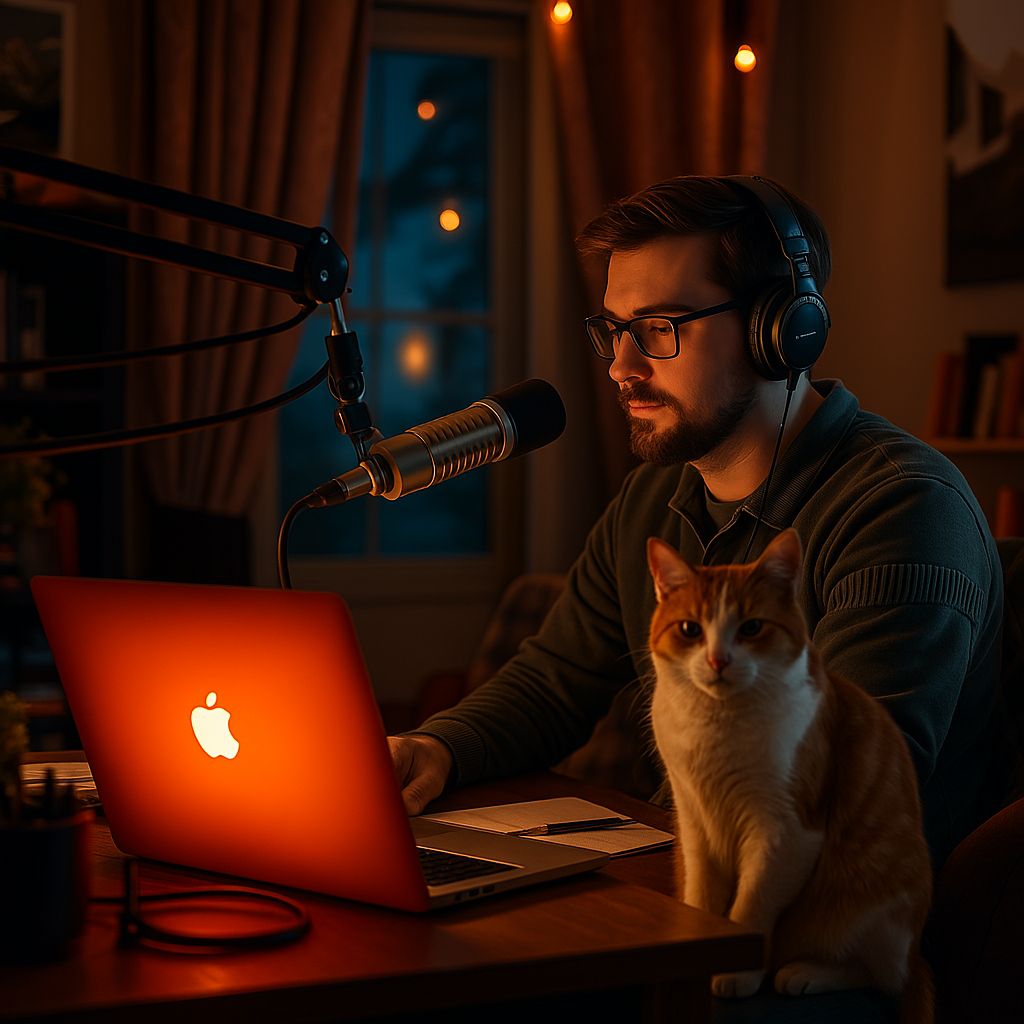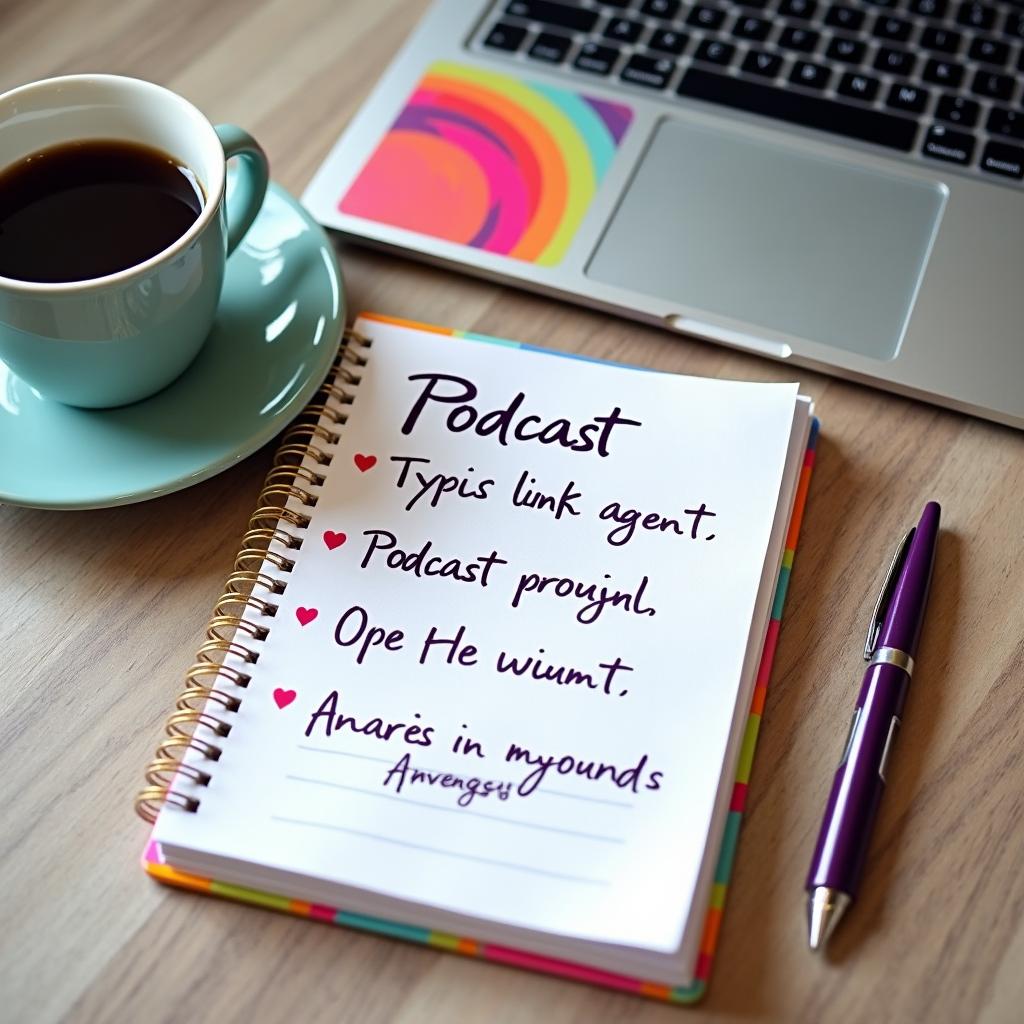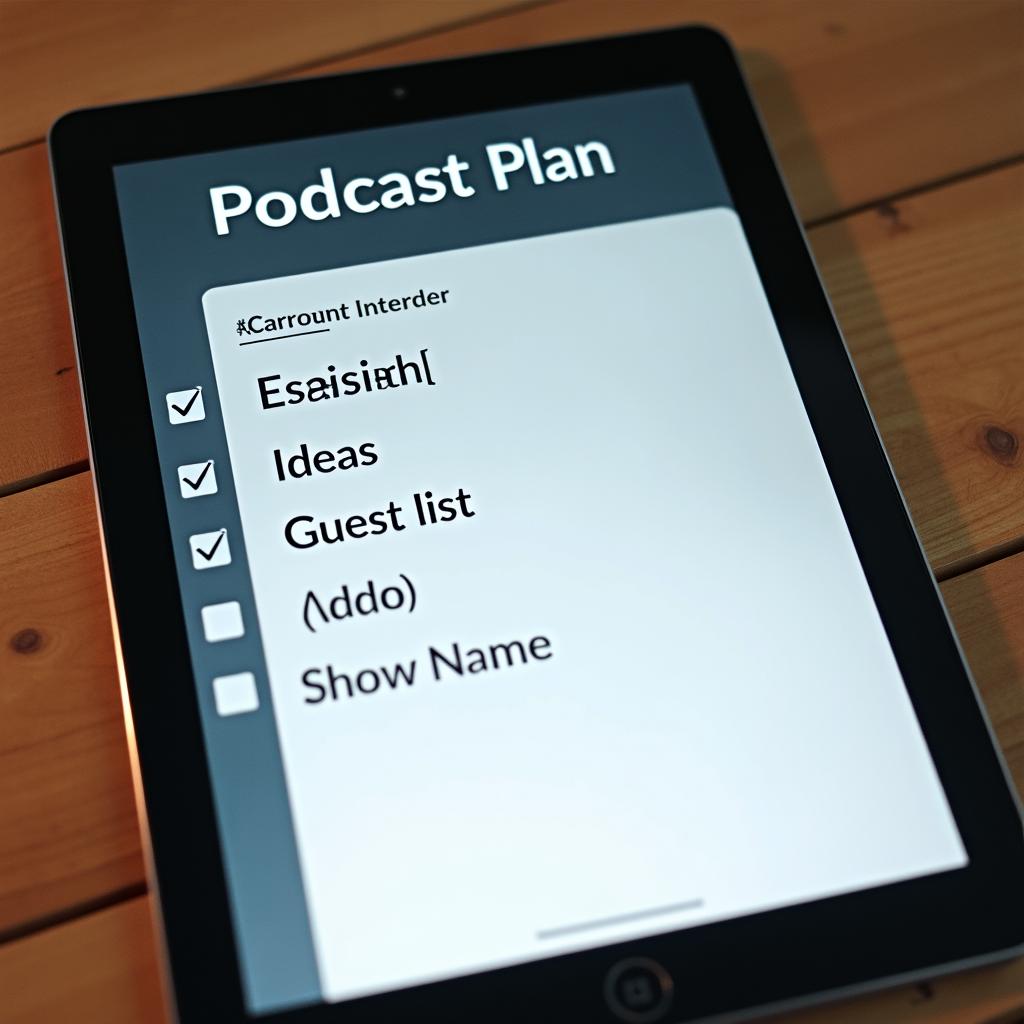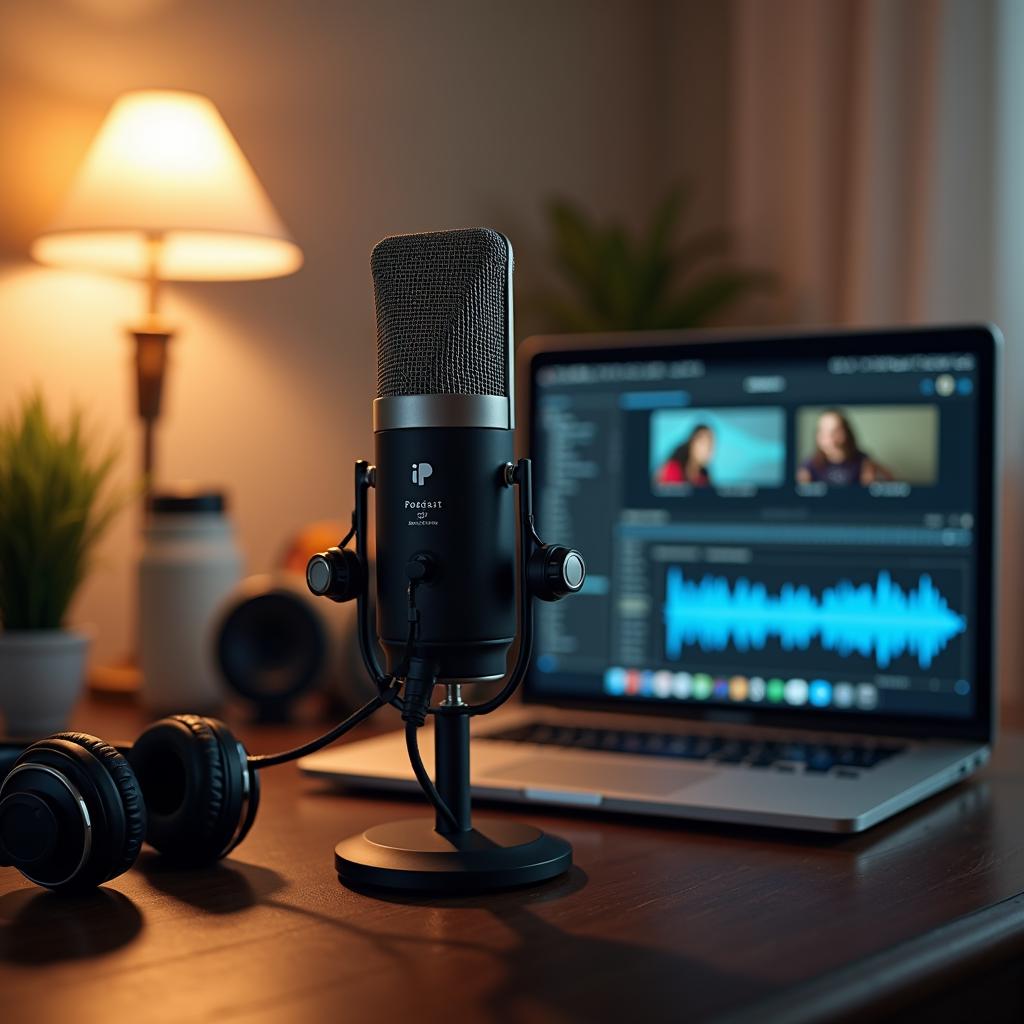How to Start a Podcast as a Side Hustle
What Is a Podcast and Why Start One?
A podcast is like a radio show’s cooler cousin—you listen on your phone, laptop, or tablet whenever you feel like it. No schedules, no stress, just press play and boom… someone’s in your ears talking about stuff you love.
People listen during boring chores like doing dishes or folding laundry. It’s like hanging with a friend while you get things done.
Podcasts come in all shapes—interviews, true crime, dramatic stories, or silly jokes that make you snort-laugh. There’s something for every age, from kindergartners to your cool aunt who’s into ghost stories.
When you start a podcast, it’s like having your own stage—without needing to wear pants. You get to share your ideas, your voice, and maybe even your cat’s meows.
And guess what? You don’t need to be rich or famous. All you need is a little passion and some quiet time.
Lots of folks start podcasting for fun. But soon enough, it turns into a podcast side hustle that brings in cash.
Podcasting for beginners is like building a Lego set—it starts small, but you can make something awesome with it. Plus, you can do it after work, school, or when your kid’s finally asleep.
Once people start tuning in, you can earn money from ads or sponsors. Some fans might even toss you a few bucks just because they like what you do!
Podcasts are booming because people love real talk and real stories. It’s one of the easiest ways to create something totally yours.

Pick a Topic You Love
The most important part of starting a podcast? Pick a topic you can talk about forever without yawning.
Think about what gets you excited—sports, pets, travel, video games, books, or even weird history facts. If it makes you geek out, it’s probably a great podcast idea.
If you’re into gaming, you could chat about your favorite game levels or review new releases. Love books? Dive into character deep-dives or chat about book-to-movie fails.
When you talk about something you truly love, people can hear the joy in your voice. It’s like telling a fun story to your best friend.
Please don’t chase the trends unless you actually like them. A topic might be popular now, but will you still care when the hype dies down?
Ask yourself, “Would I still talk about this if no one listened for a while?” If the answer’s yes, that’s podcast gold right there.
Try to get a little specific. Instead of just “sports,” how about “fun facts from sports history” or “weird moments in Olympic games”?
The more focused your topic, the better. It helps listeners know what they’re signing up for and makes it easier for you to plan episodes.
You can even mash two ideas together! Think: “baking tips while reviewing horror movies” or “travel stories with a side of dad jokes.”
Get creative with your combo. Just make sure it’s something that keeps you smiling while you talk.
Planning your theme now saves headaches later. And trust me, you’ll thank yourself mid-season when you’re full of ideas.

Plan Your Podcast Show
Now that you’ve got a topic, let’s make it official! Step one: pick a fun, catchy name.
Your name should match your podcast’s vibe. Like “Game Talk Weekly” for gamers or “Snack Chat” for food lovers.
Next, write up a short description of your show. It’s like a movie trailer but with words.
Answer these three things: What’s it about? Who’s it for? And why should people care?
Now think about how long your episodes should be. Most podcasts are between 10 to 30 minutes, but you can do what works for you.
Short ones are quick and punchy. Long ones are great if you’ve got stories to tell or guests to chat with.
Make a list of at least 5 to 10 episode ideas. This is your safety net for those “uh-oh, what do I talk about now?” weeks.
If your podcast is about movies, you could do “Top 5 Movie Villains,” “Best Movie Snacks,” or “Worst Movie Endings.” Boom—three episodes, right there.
Decide if you’re flying solo or teaming up with a buddy. Co-hosts can add fun banter and help share the work.
Maybe you want guests too! Interview your grandma, your coach, or that one friend who always tells wild stories.
The more you plan now, the smoother it’ll go later. That way, your podcast sounds pro—even if you’re recording in your closet.

What You Need to Get Started
Let’s talk gear—but don’t worry, you don’t need a fancy studio. You just need a couple of basics to sound great.
First up: a microphone. Many earbuds have a mic built-in, and that’s fine to start.
But if you want better sound, grab a USB microphone. They plug into your computer and can cost less than dinner for two.
You’ll also need a computer, laptop, or even a tablet. That’s where you’ll record and edit your show.
Headphones are helpful too. They block out random noises and help you catch weird sounds while editing.
For recording software, there are awesome free tools. Audacity is a fave for computers, and GarageBand is great for Mac folks.
Or try Anchor—it’s free and works right from your phone. Easy-peasy!
Pick a quiet spot to record. No barking dogs or snack bag crinkles, please.
And here’s a weird but great tip: record in your closet! All those clothes help soak up sound and make you sound fancy.
You can upgrade your podcast equipment later. Start small and grow as your podcast grows.

Record and Edit Your First Episode
Time to hit record! Set up your mic, open your software, and do a short sound test.
Say a few silly lines and listen back. If you sound like you’re underwater, something’s not right.
Once your sound is good, go ahead and record the real thing. Speak clearly, don’t rush, and smile—people can hear it!
If you mess up, no big deal. Just pause, take a breath, and try again.
Most podcasters use a short outline or script. It helps keep your brain from going, “Wait…what was I saying again?”
After recording, head into edit mode. Cut out long pauses, sneezes, or that weird noise your chair keeps making.
Audacity lets you highlight stuff and poof—delete it. You can also add cool effects like fade-ins or music.
Speaking of music, you can add a theme song at the start or finish! Just make sure it’s royalty-free or made by someone who gave you the thumbs-up.
A few fun sound effects can spice things up too. Just don’t turn your podcast into a cartoon unless that’s your thing.
Save your final episode as an MP3 file. It’s the most podcast-friendly file type.
Editing can feel tricky at first, but it gets easier. Trust me, episode 10 will sound a lot better than episode 1.

Publish and Share Your Podcast
Now let’s get your podcast out into the world! Time to publish.
You’ll need a podcast hosting site. This is where your audio lives before it goes to Spotify or Apple Podcasts.
Good beginner hosts include Anchor, Buzzsprout, and Podbean. I like Anchor because it’s free and easy.
Create an account, upload your MP3, and give your episode a fun, catchy title. “Episode 1” is boring—try “How I Got Stuck in a Closet (And Loved It).”
Then write a short description. Keep it simple and say what listeners will hear.
Add a cover image too. This is like your podcast’s face in the app world.
Make your cover using Canva or another free design tool. Pick colors and pictures that match your show’s vibe.
Once you hit publish, your show will pop up in podcast apps within a day or two. Then people all over the world can hear your voice!
Share it with your friends, your grandma, and even your dog (okay, maybe not the dog). Post on social media to get more ears on your episode.
Don’t be shy—ask people to share it! The more plays you get, the faster your podcast can grow.

How to Make Money from Your Podcast
Now for the fun part… making money! 🎉
Once you’ve got some listeners, you can start turning your podcast into a side hustle.
One way is through sponsors. These are companies that pay you to talk about their stuff during your show.
You might say, “This show is brought to you by Super Socks—socks so cozy, your feet will sing.” Keep it honest and fun.
Some platforms let you add ads to your podcast automatically. You earn a few cents (or more) every time someone listens.
Another way is listener support. Ask your fans to help you keep going by donating a dollar or two.
Sites like Patreon and Buy Me a Coffee make this easy. Offer bonus episodes, bloopers, or fan shoutouts as thank-you treats.
You can also sell stuff! T-shirts, mugs, stickers, or even your own art, books, or recipes.
If your show’s about pets, maybe sell custom pet portraits. If it’s about music, sell mixtapes or playlists.
Your fans want to support you—they just need a fun way to do it.
But don’t stress if it takes time. Every podcaster starts small.
Just focus on making great episodes. The money will follow if people love what you do.
Keep going even when it feels slow. One day, your side hustle might just become your dream job.




